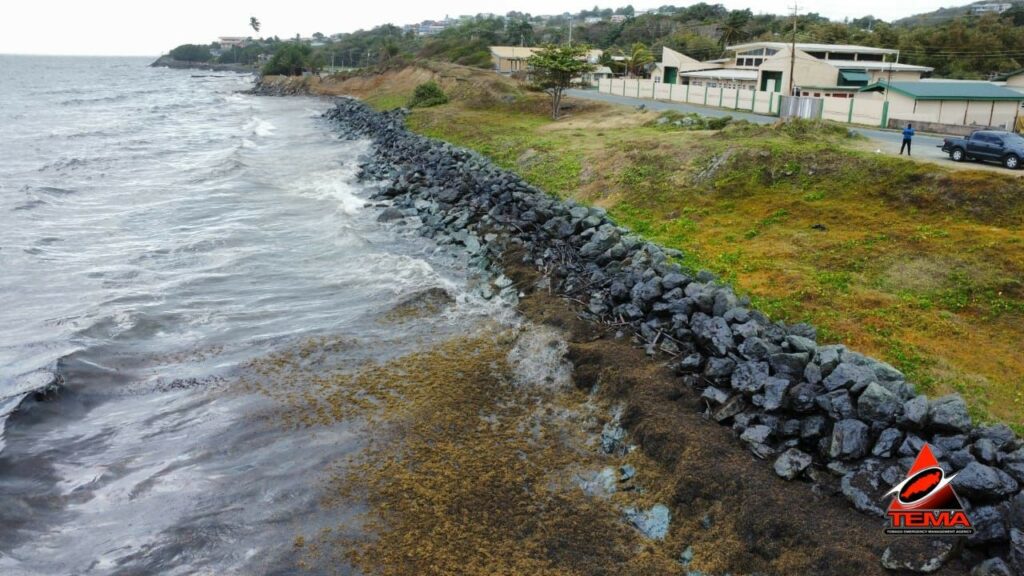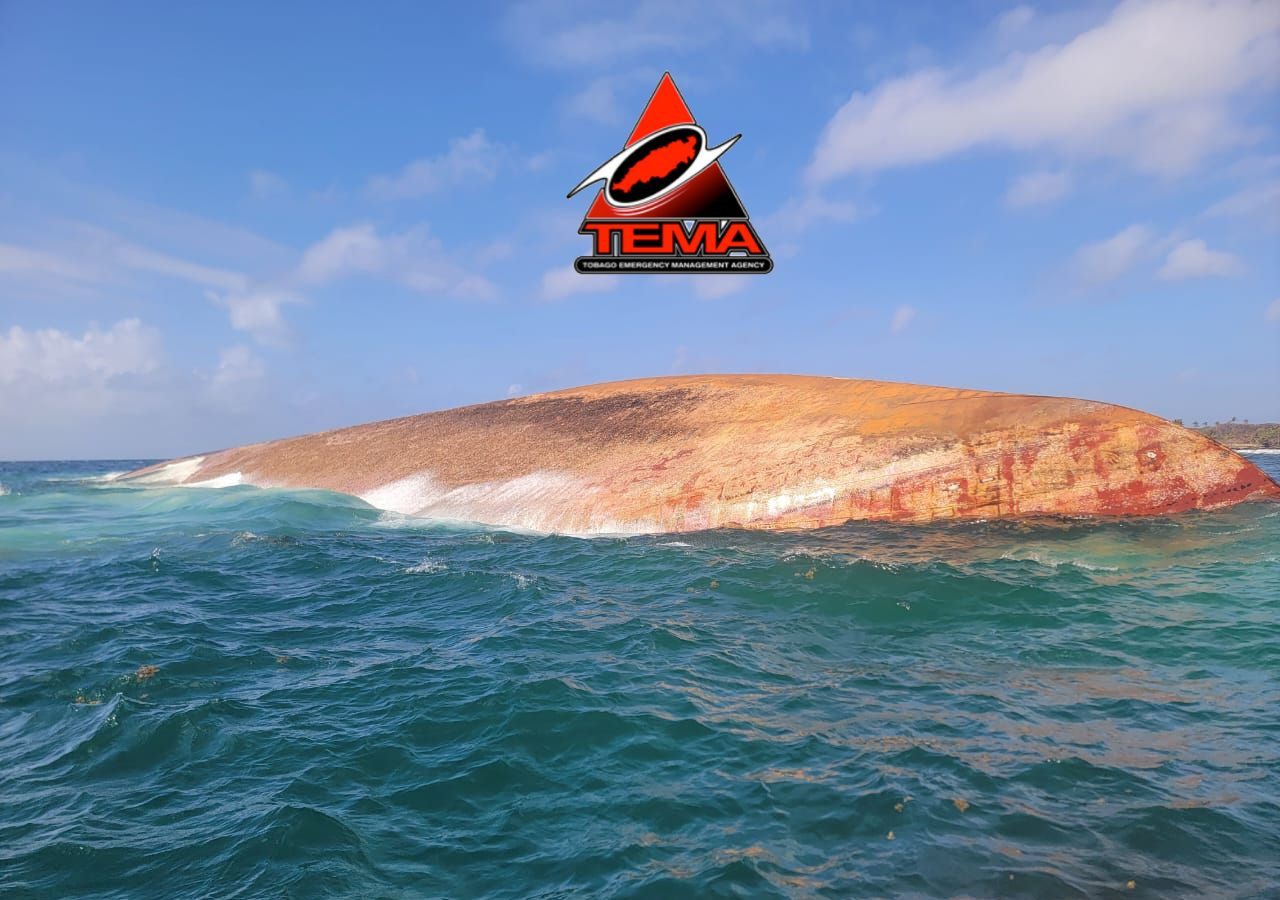Tobago has contained the oil-spillage from a mystery ship that capsized close to the south-west coast – and the dive-sites in the west and north-east that have made the Caribbean island so popular with scuba divers appear to have been left unaffected.
Fifteen kilometres of the island’s southern coastline, including a number of beaches and a reef between Canoe Bay and the capital Scarborough are however reported to have been affected by the leak, with a consequent threat to marine ecosystems in the vicinity.
“Thankfully, none of the popular beaches to the west such as Store Bay or Pigeon Point have been affected and the Buccoo Marine Park has been spared,” said Philip Robinson, interim CEO of the Tobago Tourism Agency. “Also unaffected are the major dive-sites around the island.”
These sites are mainly around Speyside in the north-east, while popular wreck the Maverick and other dive-sites lie further round to the west, north of Buccoo.

“At this time I can report that the spill emanating from the ship has been contained,” said Robinson. “Crews from the national oil company [Heritage Petroleum], the Ministry of Energy, the Tobago House of Assembly and various specialised environmental companies are working around the clock to clean up the affected areas and rescue any wildlife that may be at risk.“
No emergency calls
The ship was sailing under an unidentified flag and its crew failed to put out any emergency calls before it capsized near the Cove Eco-Industrial & Business Park on the Canoe Bay headland on 7 February. Currents pulled the wreck towards the shore but there were no signs of life on or around the vessel, suggesting that the crew had for whatever reason fled the scene.
With only the keel visible and identifying features submerged, the emergency services were unsure whether the vessel was a tanker carrying oil or a cargo ship or barge shedding fuel. It was scuba divers working to find and plug the leakage who spotted the word Gulfstream on its side.
According to Marine Traffic there is a 171m oil-products tanker by that name, though it has not been officially confirmed as responsible for the incident.
Following the capsize the Tobago Emergency Management Agency reported traces of oil off the coast at Roxburgh and Belle Garden, further east along the south coast, while warning people not to enter the sea to the west, between Rockly and Canoe Bays. The Magdalena Grand Beach Resort was reportedly affected, while people in the town of Lambeau were warned to wear masks.
Containment barriers were extended around the wreck to ensure that shipping could continue to access the port of Scarborough, Tobago’s capital, where a cruise ship has since been able to dock. Around 1,000 people were said to have been volunteering to assist with clean-up operations.
The oil-spill had been designated a Tier 2 incident, indicating that international assistance would be sought only if local efforts were overwhelmed and it needed to be upgraded to Tier 3.
Also read: MV Wakashio causes oil spill in Mauritius, Claims Mauritius dolphin deaths linked to oil spill, Ecological disaster after Peru oil spill, Turtles caught in oil spill treated with mayonnaise








